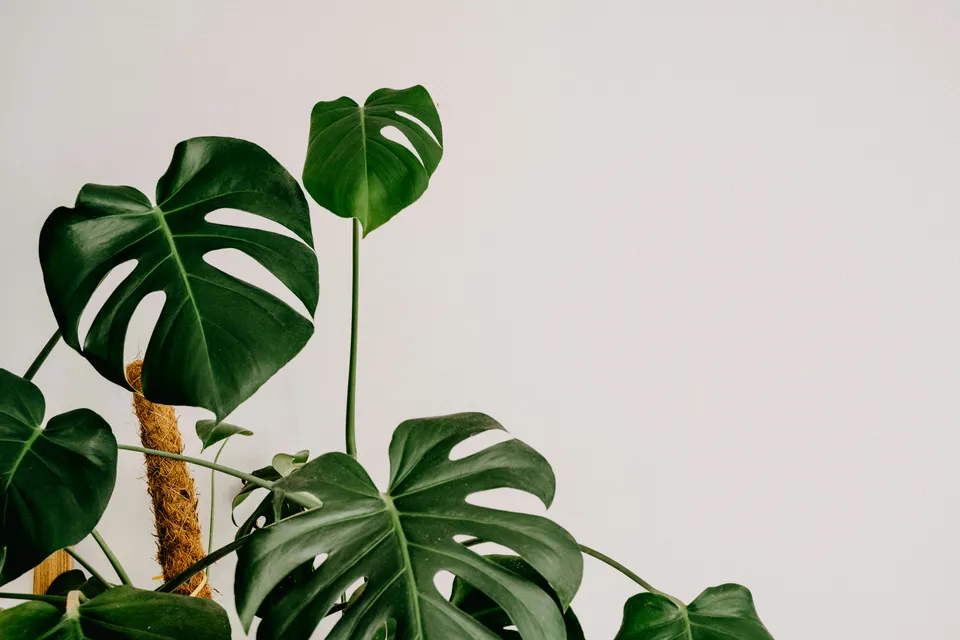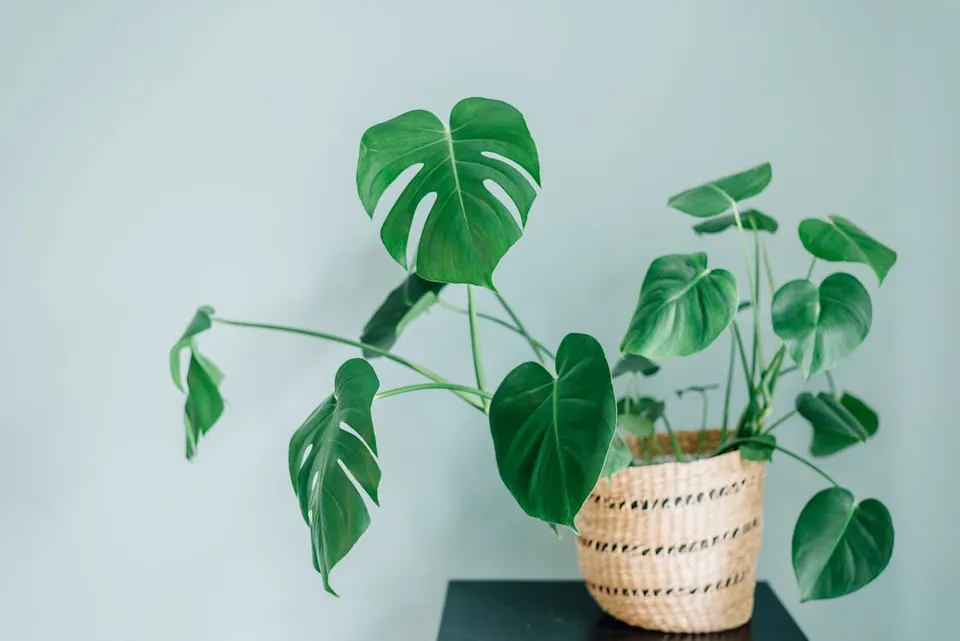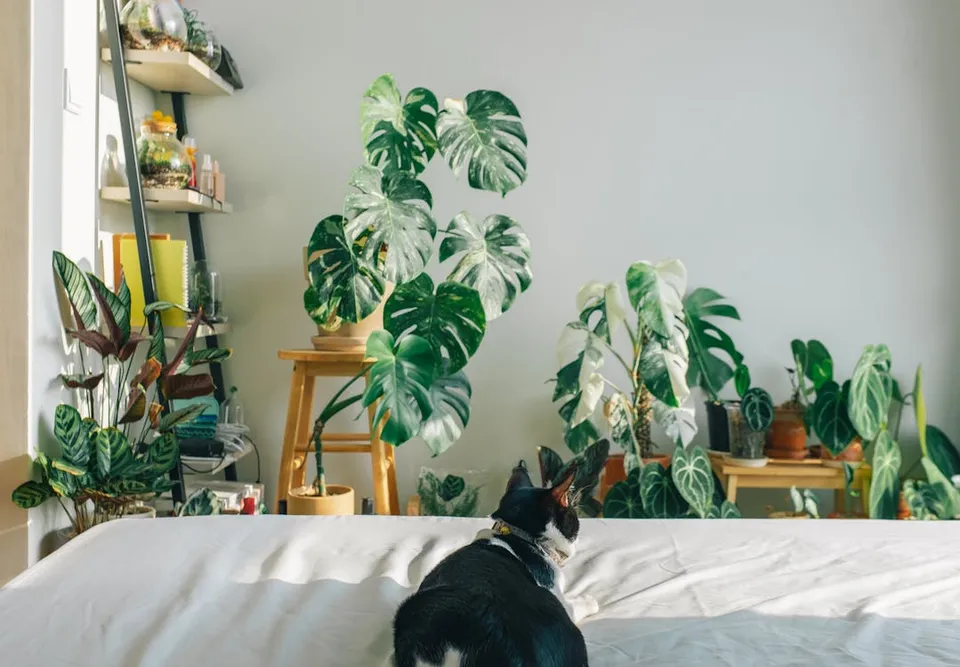
Monstera Deliciosa Care - Your Ultimate Guide to the Swiss Cheese Plant
Tropical, charming, and undeniably iconic, the Monstera deliciosa—commonly known as the Swiss Cheese Plant—is a statement piece perfect for both gardens (in appropriate climates) and indoor spaces. Native to the tropical forests of Central America, its local nickname "queso suizo" ("Swiss cheese") perfectly describes the characteristic holes, called fenestrations, that develop in its mature leaves.
These plants adapt well to various pot sizes, growing from manageable tabletop accents to impressive floor specimens. These tips will help you keep your Monstera healthy and thriving.

Understanding the Plant: Genus and Species
While the Monstera genus includes many species, Monstera deliciosa is by far the most common and beloved variety grown as a houseplant. It's important to note that while they can produce flowers and an edible fruit (hence "deliciosa") in their native habitat, this rarely occurs when kept indoors.
Light Requirements: Finding the Sweet Spot
Think about their natural environment: tropical rainforests. Monsteras grow under the canopy of taller trees, receiving dappled or filtered sunlight. Replicate this at home:
- Ideal Light: Provide bright, indirect light. An east-facing window or a spot a few feet back from a sunny south or west-facing window is often perfect.
- Avoid Direct Sun: Too much direct sunlight will scorch the leaves, causing yellowing or brown crispy patches.
- Insufficient Light: While tolerant of lower light, growth will slow, leaves may be smaller, and the signature fenestrations might not develop. If leaves start yellowing uniformly, it could be too much sun, but check other factors too.
Soil Needs: Drainage is Key
Monsteras need well-draining soil to prevent root rot and thrive.
- Potting Mix: Use a high-quality peat-based potting mix amended with perlite or orchid bark to improve aeration and drainage.
- Repotting for Growth: To encourage growth, repot your Monstera annually in the spring into a pot that's roughly 2 inches larger in diameter than the previous one. This gives the roots space to expand.
- Maintaining Size: If you're happy with the current size, you can keep it in the same container for longer. Refresh the top few inches of soil annually and ensure the existing soil remains nutritious and well-draining. Ensure the pot always has drainage holes.

Watering Your Monstera: Striking the Right Balance
It's logical: larger leaves mean more surface area for water evaporation (transpiration). Therefore, Monsteras appreciate consistent moisture, but hate sitting in soggy soil.
- Frequency: Water thoroughly when the top 1-2 inches of soil feel dry. This might be roughly once a week during the growing season (spring/summer) and less often (perhaps every 10-14 days) in fall and winter, depending on your home's temperature and humidity.
- The Finger Test: The best way to know if it's time to water is to check the soil. Insert your finger about two inches deep. If it comes out dry, it's time to water. If it feels moist, wait a few more days.
- Watering Technique: Water until it flows freely from the drainage holes. Discard any excess water sitting in the saucer after about 15-20 minutes.
Common Mistakes to Avoid (What Not To Do)
- Co-planting: Avoid planting other species in the same pot. Monsteras can compete heavily for resources, and some plants release chemicals that might inhibit the growth of neighbors.
- Extreme Temperature Fluctuations: Keep your Monstera away from sudden drafts, heating vents, air conditioning units, or open windows during extreme weather. They prefer stable temperatures.
- Direct Drafts: Don't let hot or cold air blow directly onto the leaves, as this can cause stress, browning, or drying.
- Overwatering: This is a common killer. Always check soil moisture before watering and ensure good drainage.
- Poor Drainage: Never use a pot without drainage holes.
By following these care tips, you can enjoy the lush, tropical beauty of your Monstera Deliciosa for years to come!